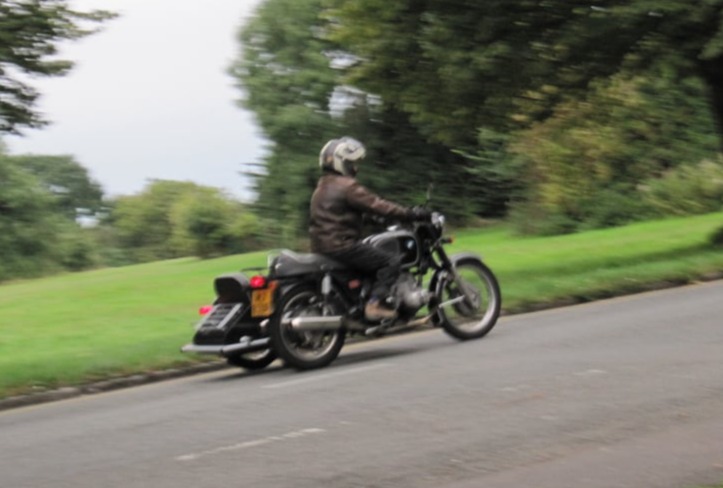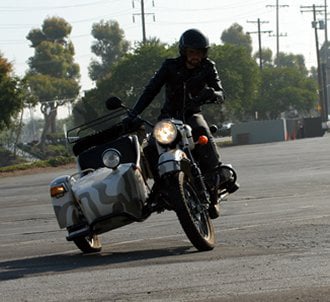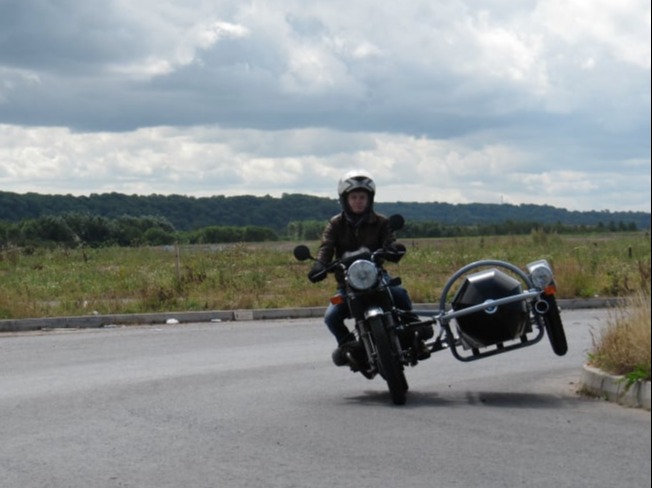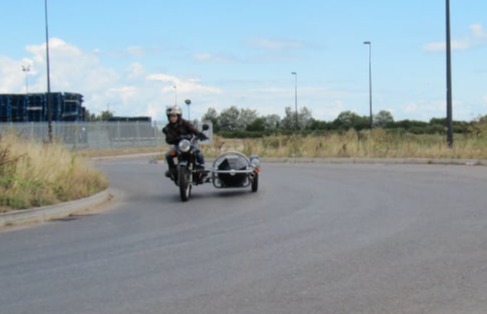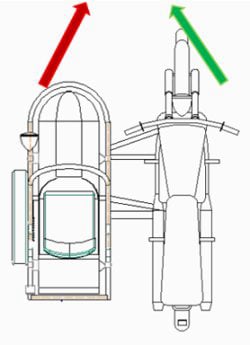Braking and accelerating
Due to the off set nature of the sidecar to the bike frame, some sideways correction is needed when braking and accelerating. This gets worse the heavier the sidecar is or the more loaded up it is.
Progressive acceleration and braking help reduce this slewing effect, but you need to be prepared for it, in the event of a sudden stop.
An emergency stop is another thing to practice in an empty car park.
These steering moments imparted by the sidecar on the motorcycle can be used to the rider's advantage on the road. When cornering away from the sidecar slowing with the back brake or under engine braking will help the sidecar round the bend.
Likewise when steering towards the chair, slow down plenty so that there is no risk of the chair lifting and then add some acceleration to drive round the chair to execute the corner.
Perfecting these techniques makes sidecar riding most enjoyable and takes the strain off your arms during the corners.
Get some practice ................ and have fun.
